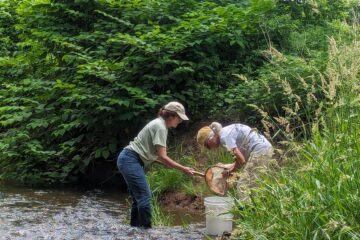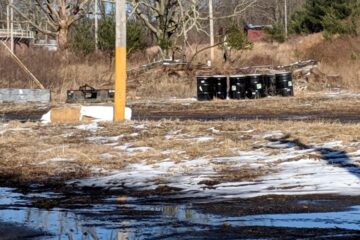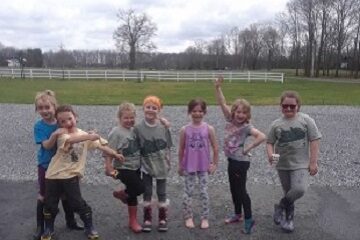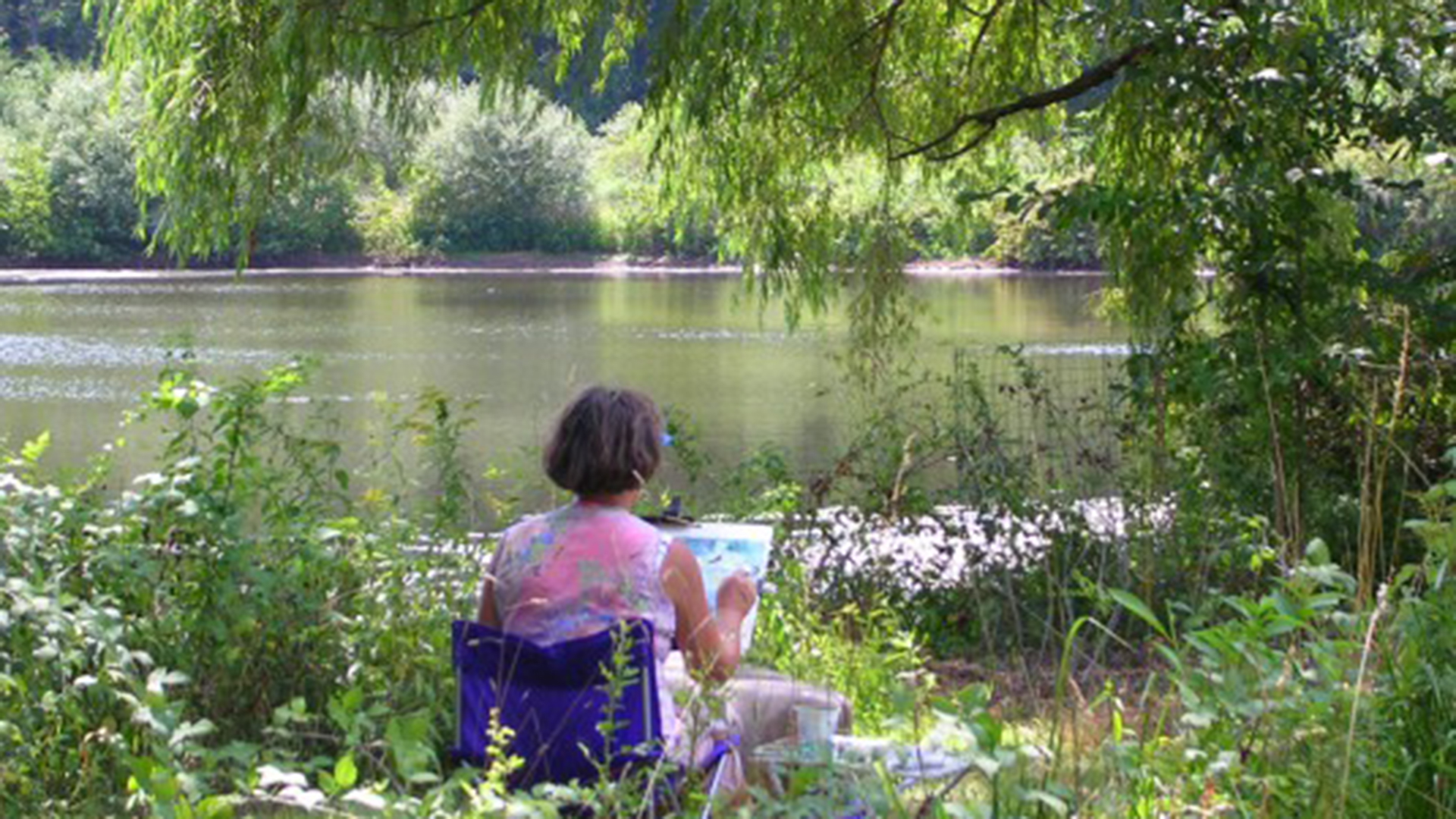 Carve out your own little corner of nature! This activity helps to establish a sense of place, and creates a safe, meditative spot that can be revisited over and over. By observing patterns, watching the interactions of creatures large and small, and using our senses, we will connect with nature in surprising ways! Created by Grace Haumersen, RHA Educator
Carve out your own little corner of nature! This activity helps to establish a sense of place, and creates a safe, meditative spot that can be revisited over and over. By observing patterns, watching the interactions of creatures large and small, and using our senses, we will connect with nature in surprising ways! Created by Grace Haumersen, RHA Educator
Level: All Ages
Duration: 15-20 minutes, repeated however often you would like
Setting: Your favorite place in nature, in your backyard or a nearby park!
Materials:
- Yourself!
- Optional: Nature Journal or Paper, Crayon/Pencil
What is a sit spot?
A sit spot is a small pocket of nature that you plan on returning to again and again. Over time, you get to know the natural landscape and the creatures that exists there. We use sit spots as a place for silent personal reflection, as well as practicing key naturalist skills.
Using the senses, critical thinking, and self reflection skills, you will make key observations about the natural landscape around you, as well as your own thoughts and emotions while being there.
The Activity: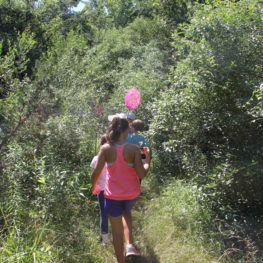
- Pick a spot: Find a special place in nature where something catches your eye, or where you find the space to be particularly beautiful. This can be in your backyard, your favorite local park, or on a nice trail nearby. You’ll be coming back to this exact place again and again, so make sure it’s easy to get to.
- Try to keep your sit spot apart from others around you. Try to get at least 20-30 feet between sit spots, but be sure children are within where your voice can reach.
- Your sit spot encompasses a circle around you – anywhere from 10-20 foot around you.
- First Impressions: After you’ve picked your sit spot, spend 10-15 minutes there on your own. Make sure to stay silent! Take some time with your journal to reflect on any of the following prompts or questions:
- What are three things you can see? Three things you can touch? Three things you can smell? Three things you can hear? Describe or draw them!
- Draw a birds-eye-view map of your sit spot. Be sure to include trees, rocks, bushes, plants, or other features of the landscape.
- What are three questions you have about what you see around you?
- Pick up or observe an interesting feature of your sit spot (a rock, leaf, twig, etc.). Describe or draw it!
- Regroup: After you’ve spent some silent reflection time in your sit spot, it’s important to reflect, either individually or with a group. Reflect on some of these questions out loud:
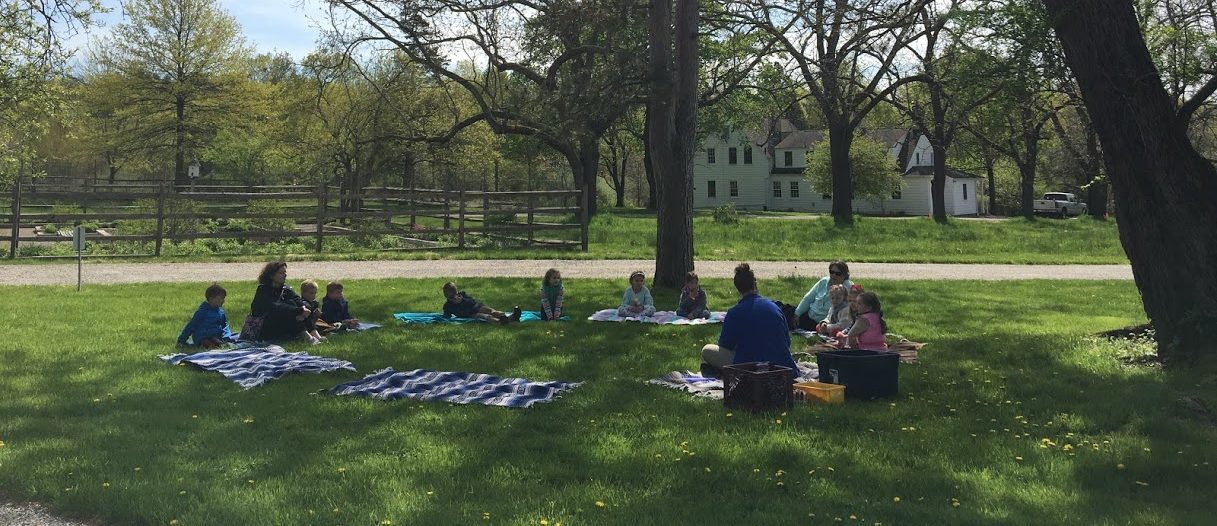 What emotions did you feel during the 15 minutes?
What emotions did you feel during the 15 minutes?
What is one thing that surprised you during the 15 minutes?
What is your favorite part about the spot you picked?
Did you notice anything that you normally wouldn’t?
How might your sit spot look, sound, or feel different when you return next?
- Re-Visit your Sit Spot: Visit your sit spot as often as you like! By visiting at different times of day, during different weather and in different seasons, you will build a greater understanding of this micro-world!
- Extra journaling prompts to use over time
- Write a haiku about your sit spot
- Can you hear any birdsongs? Can you identify them?
- What animals can you observe in your sit spot? If you can’t see any, which animals do you think might reside here?
- How is today’s weather influencing your sit spot?
- Draw the leaves of plants and trees within your sit spot. Can you identify them?
- What do you think your sit spot would look like in the summer, fall, or winter? What differences would there be?
- Possible activities to incorporate
- Fort/Debris Hut building
- Mindfulness exercises (meditation, deep breathing)
- Online resources
- Comprehensive guide to sit spots, including a more in depth and philosophical explanation of their importance
- Fort Building
- Methods to make sit spots accessible for all ages
- Mindfulness in Nature
How did you like this activity? Please share any questions, comments, or photos that you and your child have on the Raritan Headwaters Learning Community Facebook Page!
More Raritan Headwaters Learning Resources

